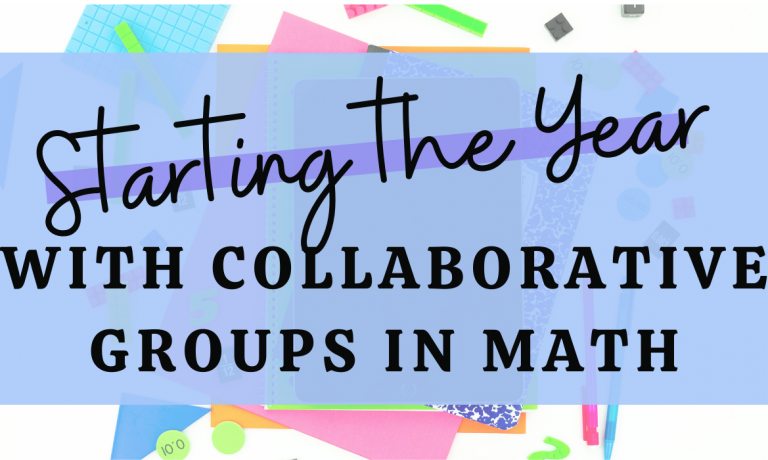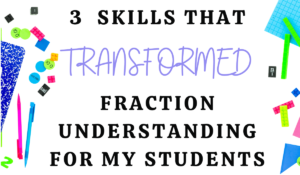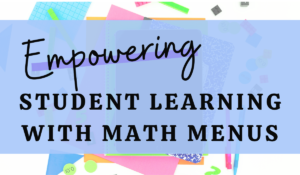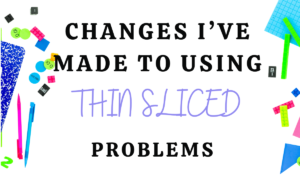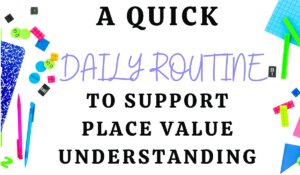Starting the year off right is so important. Many teachers, including myself, stress about the tone they set within the first few weeks. For me, one of the most important things in those few weeks is making sure that students know that group work is a daily part of math class. Creating those collaborative groups can be stressful. In order to set my students up for success when it comes to collaborative groups in math class, I focus on two things in the beginning of the year – solid tasks that promote thinking and the forming of random groups.
Forming Collaborative Groups
I have always started the year with visibly random groups. Students need a chance to get to know each other and to feel like they are starting the year with a fresh slate. They shouldn’t feel like we have any preconceived notions about who they should and should not sit with based on their teacher from last year or their test scores. This is a new year, and I want them to feel that.
How do I do this?
My favorite way to do random groupings is with characters! In the past, I have used Spongebob characters. If you want 6 groups, you get 6 characters. Then you cut up each character into how many students you want in each group. I usually laminate the characters so that they can be used over and over. A student comes in, takes a piece, and then finds everyone else who has the same character. They put their character together and find a seat. That is their group for the day! If you want to see more about this, checkout my Instagram post about it here.
I have always done this the first week of school. But after reading “Building Thinking Classrooms in Mathematics” I have decided to do this more often! Realistically, I can’t do random groups everyday in my classroom. But I can do it every week or so! That is going to be my goal this year, and I am very interested to see if it has the same impact that it did for the students referenced in this book.
What is the benefit of random groupings?
In the book, it talked about how if students are in the same group for too long, they often fall into roles. Most of the time, the role is to be a non-thinking member of the group. That is, they are relying on someone else in the group to do the thinking for them. But if the groups are often randomized, then there is no time for that to happen. Random groups are also important because they will be heterogenous. I have always had heterogeneous groups. The research behind the importance of that is clear. So this is another awesome way to initiate that!
Collaborative Group Tasks
I want students to get excited to work together in the beginning of the year. That excitement can be diminished when you give them a task that is not engaging. Starting the year with promoting collaborative groups through non-curricular tasks has been a game changer for me. When I am picking a task I want a task that is engaging, promotes group work, and has a low floor and high ceiling.
Great Tasks
My favorite task to start the school year with is 100 Numbers to Get Students Talking. I use this task on the first day of school every year. It allows all students to get involved and will inevitably lead to creating norms around group work. Definitely check that out!
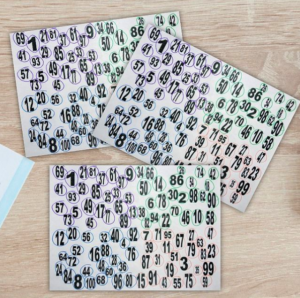
Another great resource for non-curricular collaborative group tasks can be found on Youcubed. Jo Boaler’s website has so many tasks that promote thinking but in a non threatening way. I start the year off with a lot of these, but make sure to also incorporate these weekly. The Four 4’s is one of my favorites!
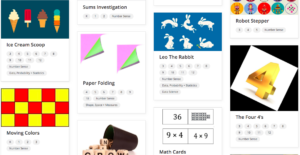
I have also discovered a new resource this year! The blog Math Equals Love has so many great ideas that include tasks and puzzles. I can’t wait to try them out this year!
Using random groupings and non-curricular thinking tasks are two ways that you can start the year in a way that the mindset that collaborative groups in math class are part of the norm and something that students can look forward to! But they are not just for the beginning of the year. These websites, techniques, and activities should be something that we continue to use throughout the year to promote collaborative groups.
Looking for Some Other Engagement Tips for the Start of the Year?
Checkout these posts from some awesome math teachers!
Building Self Efficiency from Jay @joyful.math
Creating Classroom Norms from Jamie @jamiemillermath
Get To Know You from Molly @thehappylittleclassroom
Using Open Ended Tasks from Mona @local.learners

